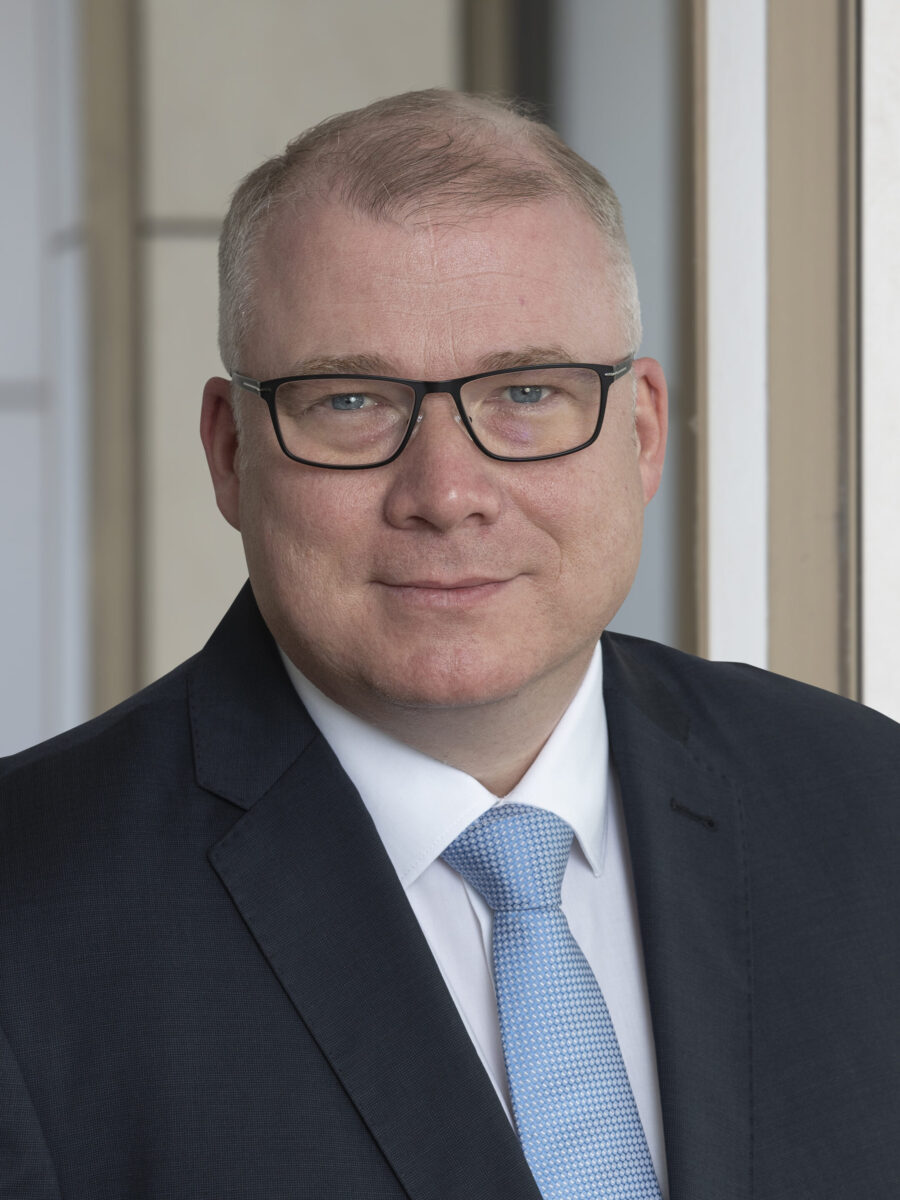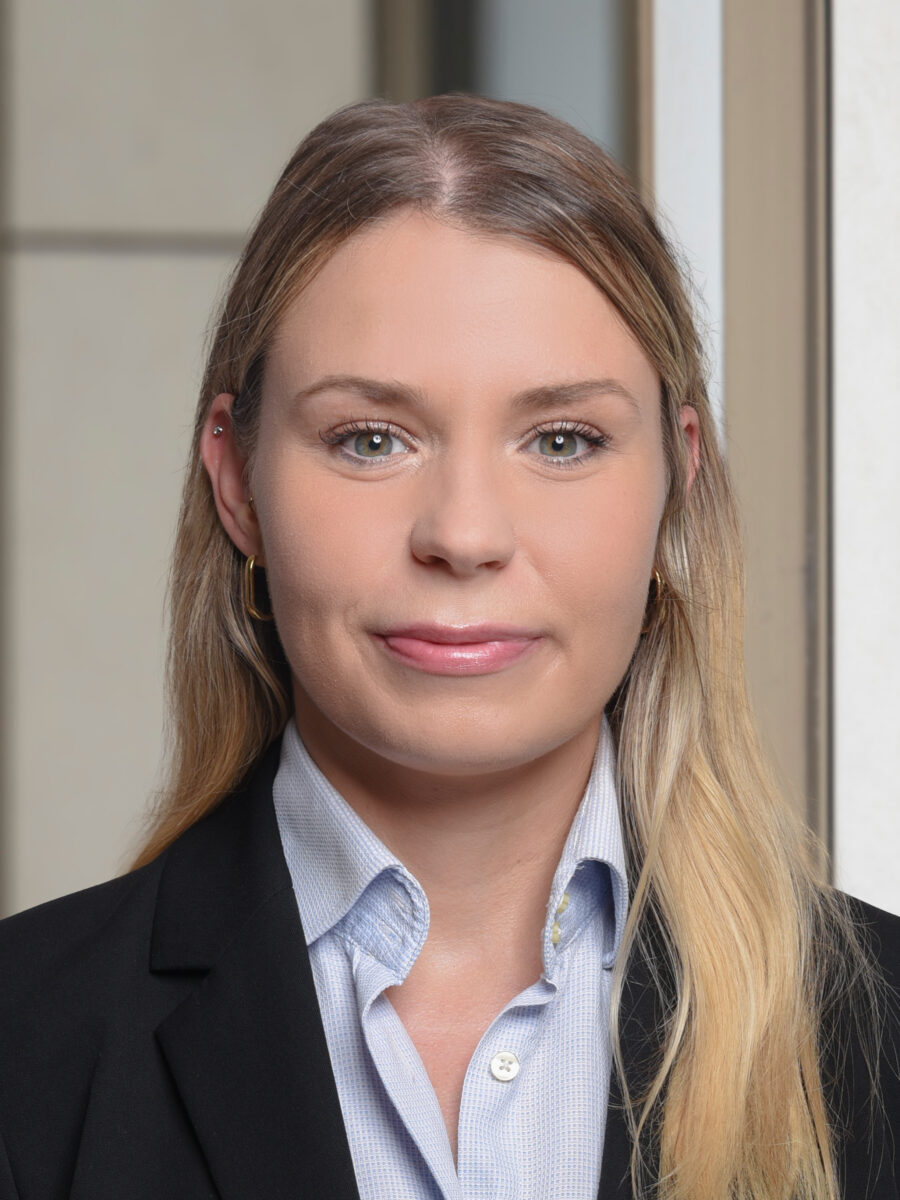In search of suitable alternatives
Including the latest cut in the key interest rates, the European Central Bank (ECB) has already lowered rates six times. While the deposit facility, which is the main interest rate for the money market, was still at 4% in mid-2024, it is currently only at 2.5%. This is not likely to be the ending point. Many market participants expect the ECB to continue its expansive monetary policy, i.e. to cut interest rates further (Fig. 1).
Fig. 1: Money market rates are becoming increasingly unattractive the ECB deposit rate could fall below 2%
Investors have therefore not only been confronted with further declines in money market rates, but also with interest rates that hardly promise any real value preservation, let alone real asset growth. As such, the need for alternatives with more attractive interest rates and a still manageable risk is increasing. One solution to this would be bond funds with short maturities. These often match the desired risk-return profile and offer higher returns than the traditional money market, e.g. by adding maturity or credit risks. Many funds use both income components and can achieve added value for investors through their flexibility.
We offer solutions for different investment horizons
We offer our clients two short-dated bond funds as a profitable alternative to money market deposits. Our defensive building block is the Berenberg Euro Floating Rate Note (SGB). Interest-rate risk plays a subordinate role in this fund, as it invests primarily in euro denominated floating-rate notes. The defensive character is also evident in the choice of credit risks, as only bonds with investment-grade ratings from the OECD area are permitted. The Berenberg Euro Enhanced Liquidity fund is more opportunistic, as it relies on the active management of maturity and credit risks. The first are managed within a range of 0 to 2.5 years. In terms of credit risks, the fund focuses on the investment grade area, although additions from speculative grade are permitted. It also benefits from attractive new issues, which often offer added value in comparison to outstanding bonds.
A combination of the two funds is recommended to achieve the most attractive possible return with manageable risk that matches the investment horizon. A longer investment horizon enables a more opportunity-oriented approach, with greater participation in market developments as any price losses that may have occurred in the meantime might still be recouped. We used a risk measure based on financial mathematics to calculate the mixing ratio[1]. The combination of the two funds was chosen so that, in the event of a risk event occurring, the performance of the defensive component over a one-year period would not be undercut in theory. In addition, it is possible to react quickly and immediately switch to a more defensive combination, thus helping meet objectives. The allocation to the more opportunistic fund is carried out in steps of 25% (Fig. 2).
[1] The Conditional Value at Risk (CVaR) is a risk measure used in finance and defines the expected loss if the Value at Risk (VaR) is exceeded. However, the VaR is defined as the expected loss in value that, with a predetermined probability (confidence level), will not be exceeded within a fixed period. For the risk adjustment, a confidence level of 99.5% was assumed with a holding period of two days.
Fig. 2: The longer the investment horizon, the more opportunity-oriented the mix!
Use our active risk management
We ensure compliance with the risk budget
With the Berenberg Liquidity Solution, we offer our clients the opportunity to expand their liquidity management to include active risk management. The aim of risk management is to limit a possible loss to 1% before costs on an annualized basis. This is done by actively managing the mix of the two bond funds and a traditional money market fund. In addition, the lower value limit bears interest at the money market rate and increases over the course of the year. This means that in the event of market corrections, only the defined risk margin serves as a buffer and not the entire return already generated.
Summary
Benefit from our long-standing expertise in the area of short-term bond investments. We are confident that we can offer you attractive alternatives to money market deposits which are tailored to your investment horizon with the solutions outlined. You also have the option to supplement your strategy with active risk management.

Felix Stern
Felix Stern joined the Asset Management division of Berenberg in 2000 as a fixed income portfolio manager. Currently he is heading the fixed income selection team within the Asset Management and is responsible for institutional mandates. As a senior portfolio manager he is responsible for the selection of corporate and financial bonds as well as short-term bond market investments. He is also the lead manager for several of Berenbergs institutional mutual funds. Prior to joining Berenberg, he worked several years for the Market Research department of British American Tobacco, Germany. Felix is a CCrA - Certified Credit Analyst (DVFA) and also has a German Diploma in business economics from the Fernuniversität in Hagen.

Maria Ziolkowski
Maria Ziolkowski has been with the company since September 2023. She has been a co-portfolio manager since then and focuses on interest rate products and defensive bonds from the investment grade segment as well as short-dated bond strategies.
Before joining Berenberg, she worked at Flossbach von Storch as a portfolio manager in the fixed income area and trader in the multi-asset area, at BNP Paribas in London and Lisbon and at Allianz Investment Bank in Vienna. In addition to her Bachelor in Economics from the Vienna University of Economics and Business, Master in Monetary and Financial Economics from the University of Lisbon and Master in Gender Studies from the University of Vienna, Maria Ziolkowski is a CFA Charterholder



